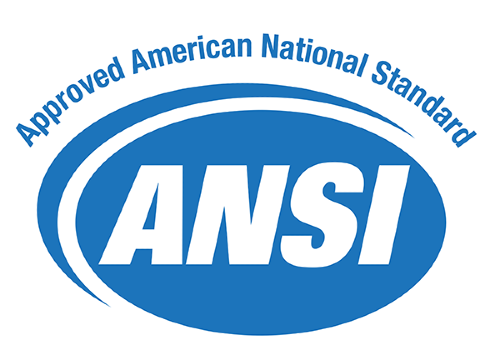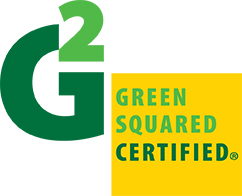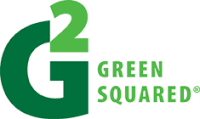
Multi-Attribute Sustainability Criteria
Product Characteristics
The first section of ANSI A138.1, Environmental Product Characteristics, standardizes sustainable attributes such as the amount of recycled content, level of volatile organic emissions, amount of indigenous raw materials, etc.
 Learn More
Learn More Manufacturing
The second section of the standard, Environmental Product Manufacturing and Raw Material Extraction, standardizes sustainable production practices.
 Learn More
Learn More End-of-Life Product Management
The third section of the standard addresses End of Product Life Management. Although a tiled finish is inherently durable and typically desirable for a lifetime, there are some scenarios where this must be addressed, such as when buildings are demolished, scrap waste is generated during construction, or an occasional remodel occurs.
 Learn More
Learn More Progressive Corporate Governance
The fourth section of ANSI A138.1 addresses Progressive Corporate Governance. This means that companies which make sustainable tiles and related installation products are held to standards for employee health and safety, community involvement, and continuous improvement.
 Learn More
Learn More Innovation
The final section of the standard addresses Innovation. Key in the development of sustainable products and operations are progressive thinking, technological advancement, and outstanding achievement beyond that which is required.
 Learn More
Learn More Specify ANSI A138.1
Whether you’re specifying a large commercial project or overseeing a weekend remodel, selecting products per ANSI A138.1 will help you meet project requirements and facilitate healthier, safer, and more environmentally-friendly installations and product supply chains.
meet project requirements
Tile and the gamut of related installation products which meet ANSI A138.1 offer professionals a panoply of opportunities for technical criteria conformance under leading national and international green building standards and programs. Some of these include LEED v4, Green Globes, the NAHB National Green Building Standard, ASHRAE 189.1 and the International Green Construction Code.
build in good health
Tile products are typically hypoallergenic and mold, mildew, fungi and bacteria resistant. Plus, they are non-emitting and crafted from inherently natural materials. ANSI A138.1 standardizes all of this, and specifying conforming products ensures that these high expectations are upheld.
Make safety and quality part of your checklist
Specifying ANSI A138.1 means you are requiring the use of products which come from companies that implement safe and responsible practices per the standard. Furthermore, products which meet ANSI A138.1 inherently meet industry quality and performance specs that address things like slip resistance, durability, and sound isolation.
respect the environment
From resource conversation to carbon footprint, when you specify ANSI A138.1 you are demanding stringent environmental criteria of tile products and the manufacturers which make them. In turn, you are doing your part in contributing to a clean and sustainable tile industry. Some examples of standardized environmental criteria include recycling and waste reclamation, use of indigenous raw materials, manufacturer combustion and fuel usage, raw materials sourcing, manufacturer utility usage, and lifecycle-based environmental evaluation and reporting.


